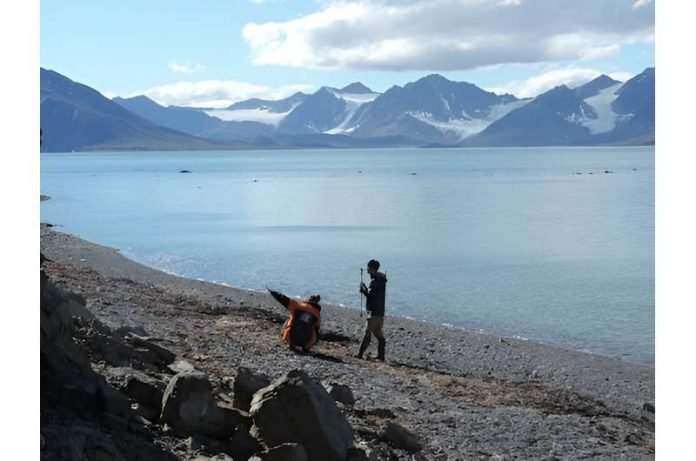
A new study published in the journal Science has revolutionized our understanding of Earth’s climate history, challenging long-held beliefs about the planet’s temperature fluctuations over the past two billion years.
Contrary to the previously held view that Earth’s surface experienced intensely hot conditions, this research reveals a history of mild and stable climates.
Dr. Terry Isson, the lead author of the study, along with Ph.D. student Sofia Rauzi, have utilized innovative methods to shed light on the Earth’s temperature history.
Their approach involved analyzing five distinct geochemical records obtained from shale, iron oxide, carbonate, silica, and phosphate rocks.
This analysis, based on over 30,000 data points, represents the most comprehensive examination of oxygen isotopes to date, offering a unified temperature map spanning billions of years.
The findings of this research debunk the notion of early oceans boiling at temperatures exceeding 60°C prior to the emergence of complex life forms, including animals and land plants, around half a billion years ago.
Instead, the study suggests that early ocean temperatures were around 10°C, indicating a much more stable and temperate climate conducive to the development and flourishing of life on Earth.
One of the most significant contributions of this study is the first-ever record of the evolution of terrestrial and marine clay abundance through Earth’s history.
This evidence points to a close relationship between the evolution of plant life, siliceous marine organisms, clay formation, and the global climate.
The process of clay formation, in particular, appears to have been a crucial factor in maintaining the temperate conditions necessary for life’s evolution on our planet.
This research not only challenges previous assumptions about Earth’s climatic past but also has profound implications for our understanding of climate models, biological evolution, and the environmental conditions that facilitated the origin of life.
By offering a more accurate picture of past temperatures, the study provides valuable insights into the functioning of Earth’s climate system and the interplay between life and climate over geological time scales.
Dr. Isson emphasizes the importance of studying Earth’s historical climate to grasp the processes that regulate our planet’s climate.
Such knowledge is crucial not just for academic curiosity but also for informing current and future climate research.
As we cannot experiment with our planet on a large scale, looking into the past becomes a vital method for understanding the dynamics of Earth’s climate and its impact on life.
In conclusion, this study marks a pivotal moment in the field of Earth sciences, urging scientists to reconsider and update their theories about climate evolution and the life-environment interactions that have shaped our planet.
It underscores the need for a deeper understanding of how life adapts to and influences climatic conditions, laying the groundwork for future research in this area.
The research findings can be found in Science.
Copyright © 2024 Knowridge Science Report. All rights reserved.



